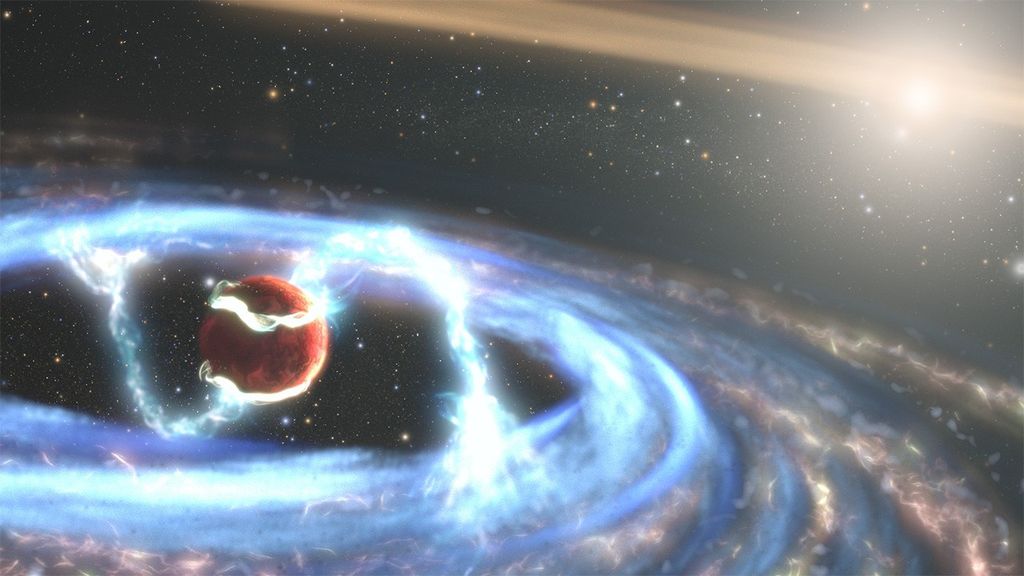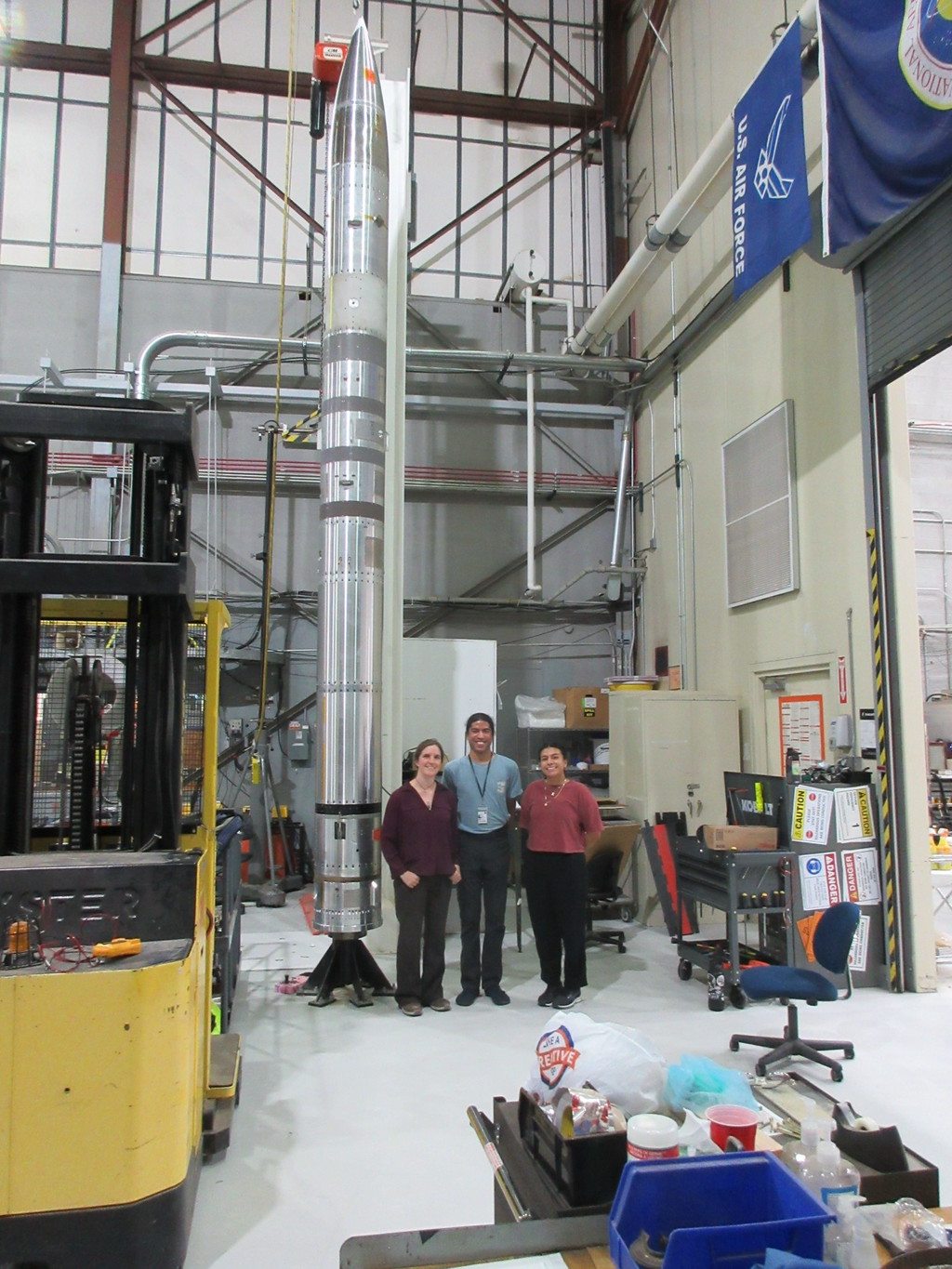Cassini Significant Event Report
For Week Ending 11/08/02
The most recent spacecraft telemetry was acquired from the Madrid tracking station on Tuesday, November 5. The Cassini spacecraft is in an excellent state of health and is operating normally. Information on the spacecraft's position and speed can be viewed on the "Present Position" web page.
On board activities this week included clearing of the ACS high water marks, and Radio and Plasma Wave
Science High Frequency Receiver calibrations and a high rate cyclic.
A decision was reached with NASA Headquarters this week regarding the communications strategy to be used
during the Saturn Orbit Insertion (SOI) burn. The plan is to switch to the low-gain antenna which will provide
the ability to monitor the progress of the burn via Doppler data prior to, at the time of, and for a while after burn start, for a portion in the middle, and the part near the end, including burn termination. Two periods occur
during the 98-minute burn where the signal will not be available because of occultation by the rings. Telemetry is
not available over the Low Gain Antenna for this event. The primary competing option of pointing the high-gain
antenna to Earth to provide telemetry during part of the burn, in addition to Doppler, was rejected due to the
high propellant cost associated with this approach, and the fact that the visibility into the onset of any problem in real-time telemetry was minimal and in some cases could be detected in the Doppler signal anyway. Any
real-time response from the ground was not a consideration in the decision due to the nearly three hour round
trip light time at the time of SOI.
The first of two tests was performed this week at the new ESA tracking station designated DSS-32 in New
Norcia, Australia. The tests are to validate the flow of telemetry and confirm that the station is capable of
supporting Cassini if necessary during late 2003 and early 2004. DSS-32 is not able to forward telemetry at
this time, but was able to frame sync to the data. Therefore, these New Norcia passes will verify RF
compatibility and frame sync only.
The Radio Science team met with project management to review operations readiness for the second
Gravitational Wave Experiment. GWE-2 is scheduled for a period of 40 days from December 5 through
January 14, 2003. The technical capabilities necessary to accomplish this activity are largely unchanged from
the operationally successful GWE-1 last December and January, with one exception. The heat exchanger unit
on the Ka-band transmitter at the Goldstone Deep Space Network complex in the Mojave Desert was
redesigned, reinstalled, and retested recently after problems developed during an experiment this past summer.
Project management is satisfied that the project is ready for GWE-2.
During last week's Cassini Project Science Group meeting, staff from the California Institute of Technology
showed electronic movies of a double-star occultation of Titan taken with adaptive optics at the Palomar
observatory. These were very well received and spawned much interesting discussion. The movies may be
viewed at http://www.gps.caltech.edu/~antonin/titan.html.
A color composite image of Saturn and the moon Titan was selected as Astronomy Picture of the Day on
November 4th. The image may be viewed at http://antwrp.gsfc.nasa.gov/apod/ap021104.html. All teams and offices supported the NASA Quarterly review on Monday, November 4.
Additional information about Cassini-Huygens is online at http://saturn.jpl.nasa.gov.
Cassini will begin orbiting Saturn on July 1, 2004, and release its piggybacked Huygens probe about six months later for descent through the thick atmosphere of the moon Titan. Cassini is a cooperative mission of NASA, the European Space Agency and the Italian Space Agency. JPL, a division of the California Institute of Technology in Pasadena, manages the mission for NASA's Office of Space Science, Washington, D.C.
Media Relations Office
Jet Propulsion Laboratory
California Institute of
Technology
National Aeronautics and Space
Administration
Pasadena, Calif. 91109.
Telephone (818) 354-5011
































